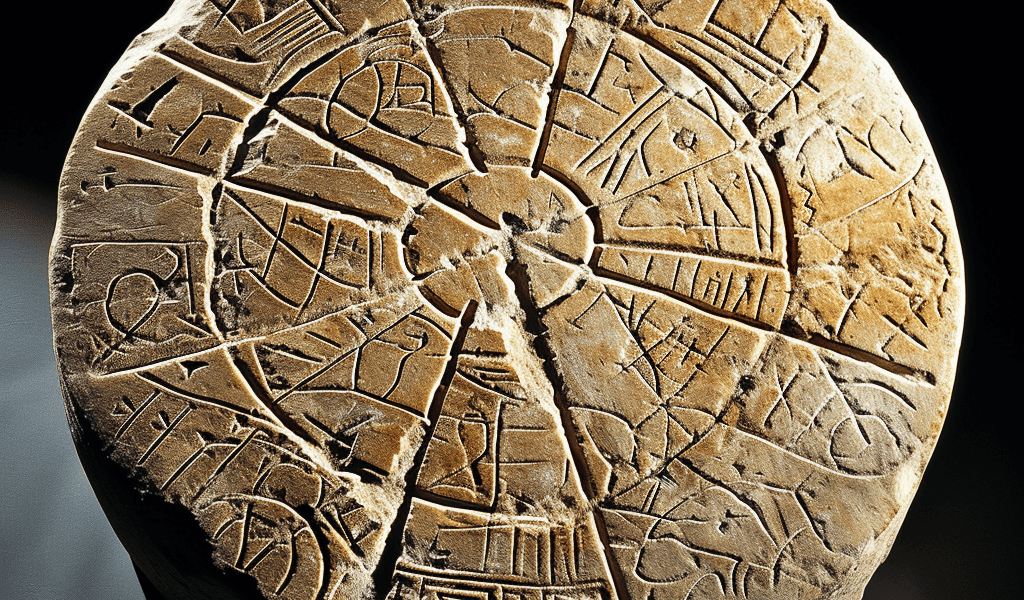Ancient stone disk discovered in northeastern Italy may be a 3,000-year-old celestial map, according to a new study published in the journal Astronomical Notes. The disk, adorned with 29 carved markings, is believed to represent the brightest stars in the night sky, potentially serving as an aid for planting crops. The discovery has sparked a debate among experts, with some expressing skepticism about the proposed link between the markings and celestial bodies.
The stone disk, similar to another found near the entrance of a hill fort in the Brijuni Islands off the Croatian coast, dates back to the region’s ‘protohistoric’ period, estimated to be between 1800 and 400 B.C. The recent study suggests that the 28 carved marks on the disk accurately depict bright stars prominent in the night sky over 2,400 years ago.
Notably, astronomer Ed Krupp, director of the Griffith Observatory in Los Angeles, has cast doubt on the assertion, suggesting that the connection between the markings and the brightest stars may be coincidental. Krupp, who authored a forthcoming study on identifying asterisms in rock art, remains unconvinced by the evidence put forth in the new research.
The debate surrounding the stone disk’s purpose and significance continues, with ongoing discussions among archaeologists and astronomers. The enigmatic markings on the ancient artifact raise intriguing questions about the knowledge and practices of ancient civilizations, adding to the rich tapestry of human history.





